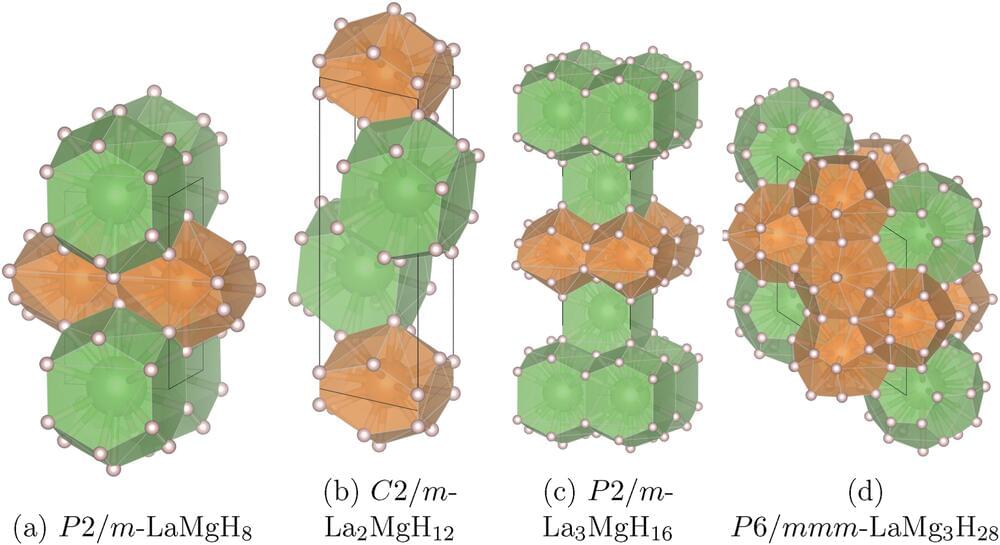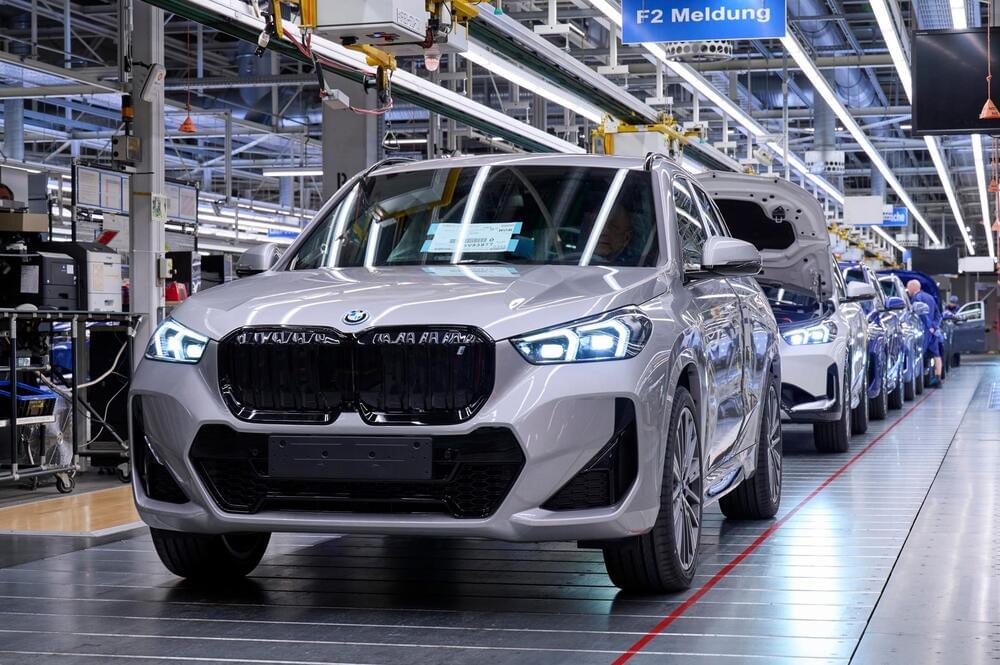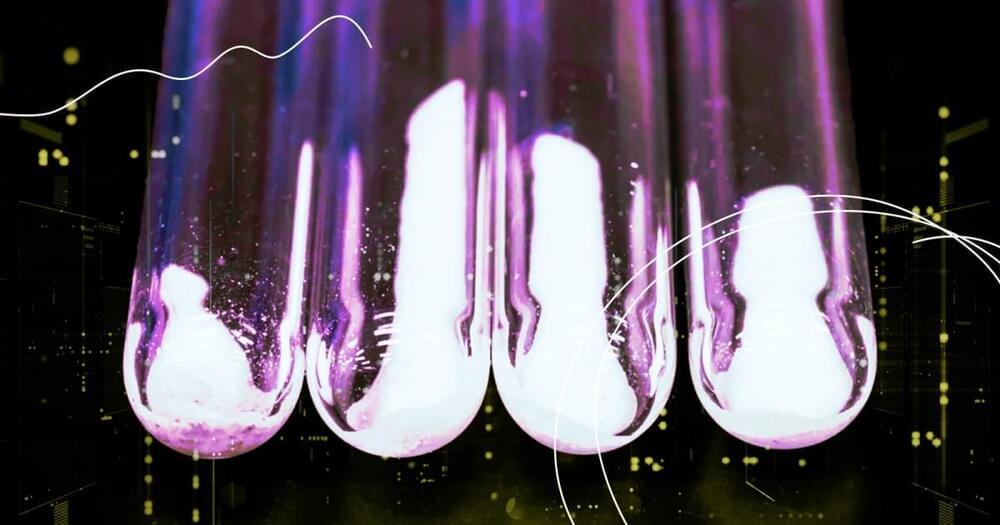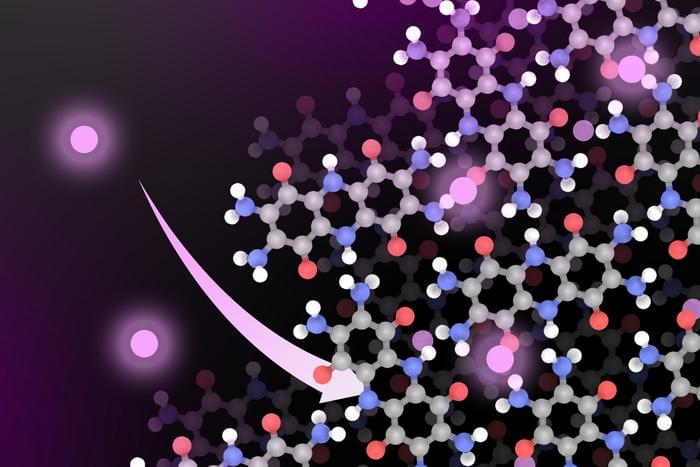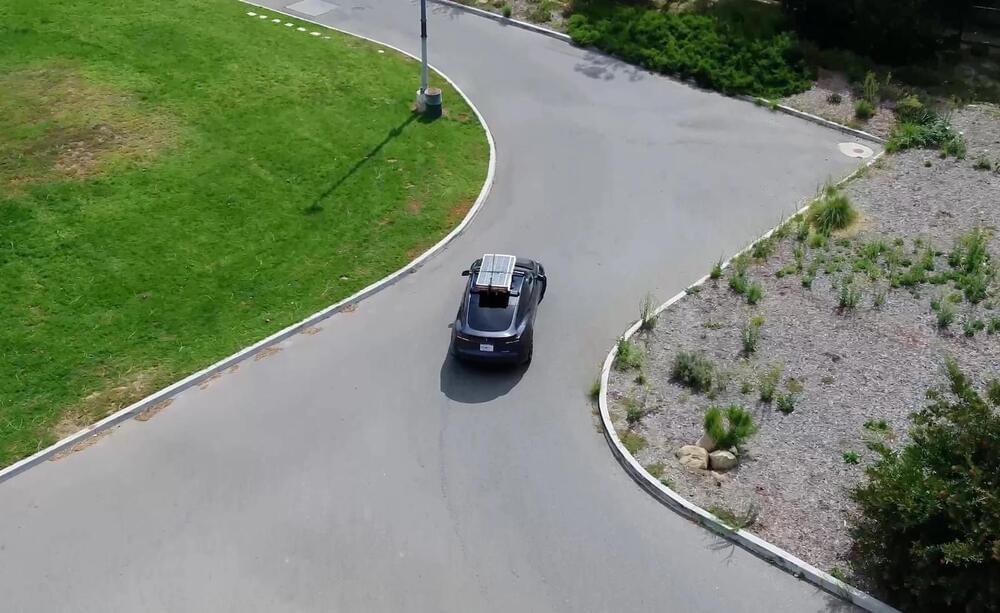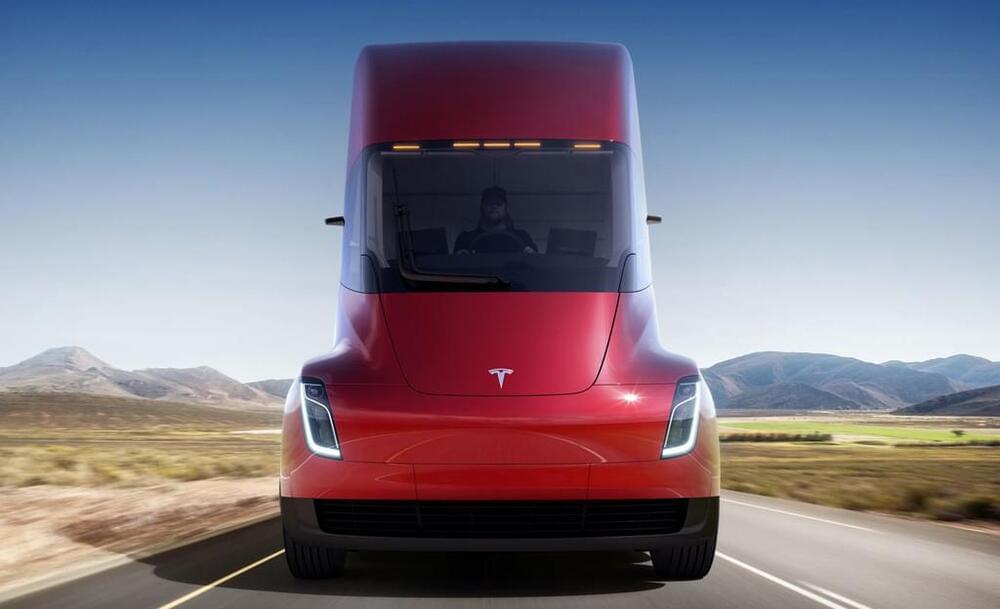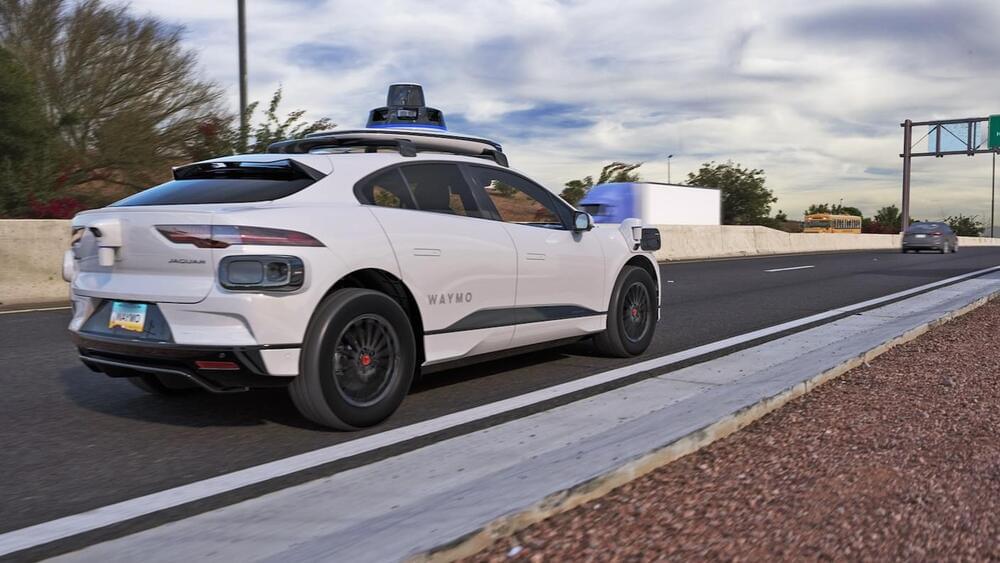Jan 23, 2024
Engineers develop terahertz imaging system capable of capturing real-time, 3D multi-spectral images
Posted by Paul Battista in categories: chemistry, transportation
Terahertz waves can penetrate opaque materials and provide unique spectral signatures of various chemicals, but their adoption for real-world applications has been limited by the slow speed, large size, high cost and complexity of terahertz imaging systems. The problem arises from the lack of suitable focal-plane array detectors, components that contain radiation detectors used by the imaging system.
A research team led by Mona Jarrahi, and Aydogan Ozcan, both electrical and computer engineering professors at the UCLA Samueli School of Engineering, has invented a new terahertz focal-plane array to solve this problem.
By eliminating the need for raster scanning, which captures and displays an image point by point, the research team is able to expedite imaging more than 1,000 times faster than current systems. The new array constitutes the first known terahertz imaging system that is fast enough to capture videos and provide real-time, 3D multi-spectral images while maintaining a high signal-to-noise ratio.


